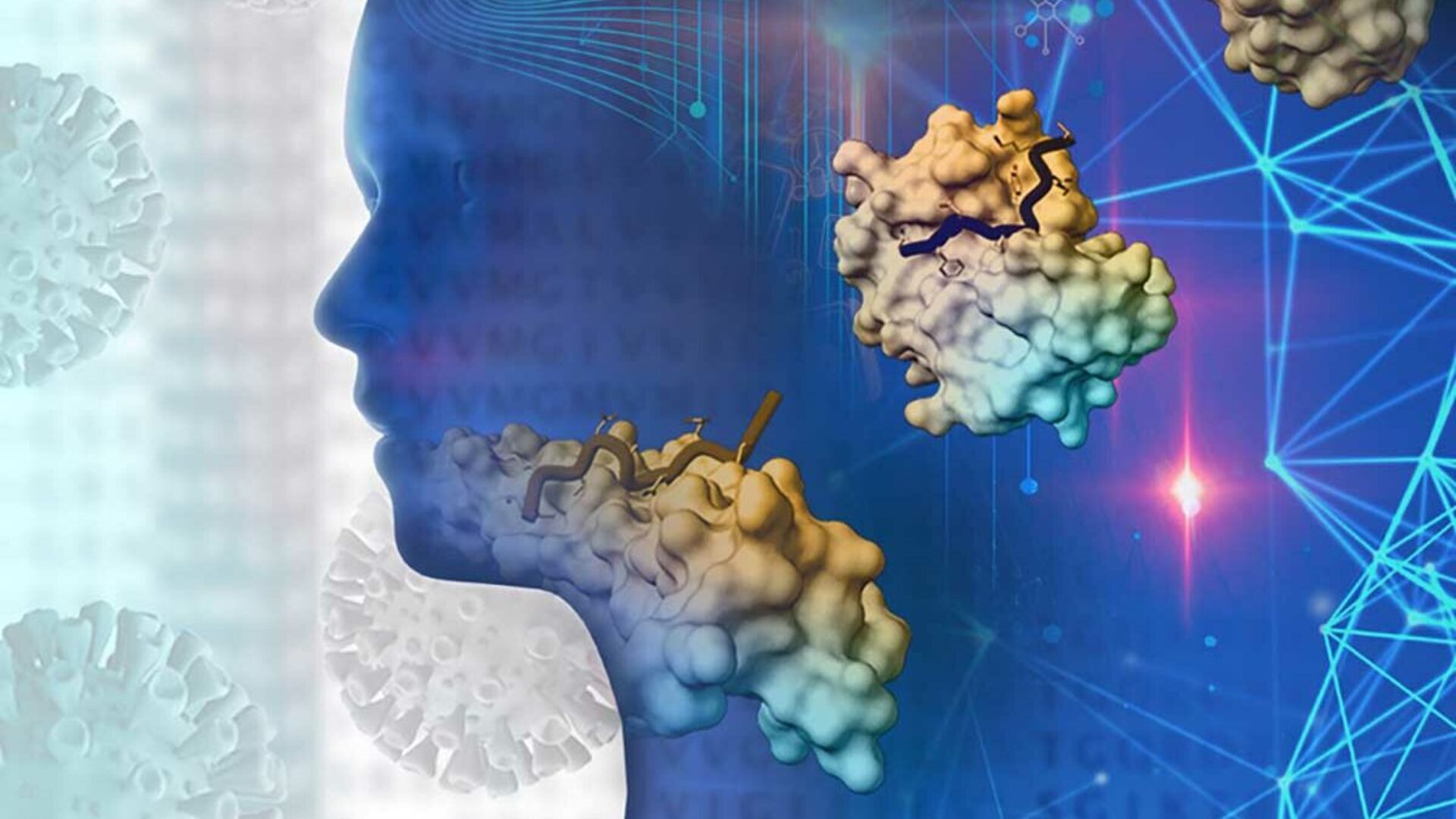


A recent study found that the brain process enabling us to block pain varies with age. Additionally, when it comes to these changes, gender variations that cause pain sensitivity may affect older females more.
Men and women who assessed the intensity and unpleasantness of pain while being exposed to escalating amounts of heat had their brain reactions examined using fMRI imaging.
The results offered more proof that gender variations in pain sensitivity perception may worsen with age and suggested that long-standing gender differences in pain perception may be traced back to this brain network.
The study was published recently in The Journal of Pain. “The most novel part of this study is looking at gender by age,” said lead study author Michelle Failla, assistant professor in the College of Nursing at The Ohio State University. “Most of the work characterizing which regions in the brain respond to pain have been done in people aged 18 to 40. We want to understand what’s happening between the ages of 30 and 90 years old because that’s when people are beginning to experience chronic pain.”
Although a large body of prior research has demonstrated that women are more sensitive to pain than men, little is known about the specific brain areas and processes that underlie these gender variations in pain perception. Furthermore, much less is known about the brain’s function in pain perception in later adulthood, when our tolerance for pain decreases and our risk for chronic pain increases.
According to the study’s specifications, gender-based differences may be related to societal factors that affect people’s reactions to pain in addition to biological sex. The researchers looked at gender-based disparities holistically.
The study’s imaging component focused on the descending pain modulatory system (DPMS), a network of brain regions that interact to initiate signal transmission that reduces pain by activating opioid receptors, among other things.
Twenty-seven girls and thirty-two males, ages thirty to eighty-six, made up the study sample. They were asked to rate how unpleasant each level of pain felt and to report when applied heat reached just-noticeable, weak, and moderate pain levels. Using fMRI imaging, researchers were able to see DPMS activity that matched each participant’s unique pain response.
“There are different brain regions involved in those distinctions between perception of pain intensity and unpleasantness, so we thought it was important to look at both and see how those brain regions are recruited during pain,” said Failla, also an investigator in the Center for Healthy Aging, Self-Management and Complex Care in Ohio State’s College of Nursing.
The pain modulatory system in certain brain regions did, according to the findings, reveal a gender-by-age difference: Men’s DPMS response at the moderate pain level grew with age, whereas women’s DPMS response decreased with age. It is assumed that a diminished brain response translates into a diminished capacity to use our own physiological processes to lessen our pain.
Presumed is a keyword here: although the DPMS is thought to play a major role in pain sensitivity and tolerance, its precise mechanism and the way an intact vs dysfunctional system appears on scans are still being worked out by researchers.
“We don’t know exactly what is an optimum DPMS response,” Failla said. “Are we seeing it activated to catch up with your pain, or is it already working, meaning the pain could have been worse?”
In the course of their ongoing research, the scientists will be examining brain activity in individuals with dementia and autism who might find it difficult to express the pain they are experiencing.
More understanding of the brain’s function in pain perception will increase the likelihood of more efficient pain treatment, according to Failla.
“Pain is such an individual experience. In science we’re moving toward individual factors that can influence pain specifically and what makes it different for each person,” she said. “This could then identify a mechanism we can target, or even just give us a better understanding that there are different levels of innate abilities to modulate pain.”